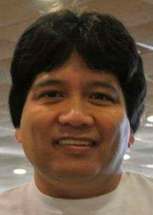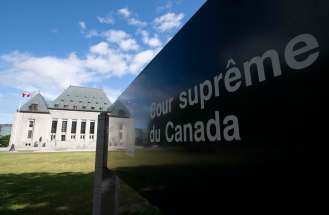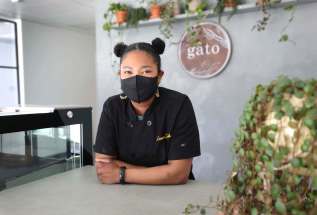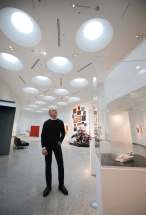A new bright light shines in Winnipeg
Read this article for free:
or
Already have an account? Log in here »
To continue reading, please subscribe:
Monthly Digital Subscription
$0 for the first 4 weeks*
- Enjoy unlimited reading on winnipegfreepress.com
- Read the E-Edition, our digital replica newspaper
- Access News Break, our award-winning app
- Play interactive puzzles
*No charge for 4 weeks then price increases to the regular rate of $19.00 plus GST every four weeks. Offer available to new and qualified returning subscribers only. Cancel any time.
Monthly Digital Subscription
$4.75/week*
- Enjoy unlimited reading on winnipegfreepress.com
- Read the E-Edition, our digital replica newspaper
- Access News Break, our award-winning app
- Play interactive puzzles
*Billed as $19 plus GST every four weeks. Cancel any time.
To continue reading, please subscribe:
Add Free Press access to your Brandon Sun subscription for only an additional
$1 for the first 4 weeks*
*Your next subscription payment will increase by $1.00 and you will be charged $16.99 plus GST for four weeks. After four weeks, your payment will increase to $23.99 plus GST every four weeks.
Read unlimited articles for free today:
or
Already have an account? Log in here »
Hey there, time traveller!
This article was published 25/03/2021 (1722 days ago), so information in it may no longer be current.
The opening of Qaumajuq to the general public on Saturday will be a momentous occasion, and not just because the Winnipeg Art Gallery’s wavy new building devoted to Inuit art is a bright addition to Winnipeg’s museum scene.
There is plenty of substance beyond the architectural pizzazz.
The new gallery is the result of the WAG responding to calls to action from Truth and Reconciliation Commission of Canada, which in 2015 included among its priorities the preservation and revitalization of Indigenous languages and cultures.
That preservation begins with the name Qaumajuq, which means “it is bright, it is lit,” in Inuktitut. It is more than a name, however; brightness exposes rights and wrongs, says Stephen Borys, the WAG’s director and chief executive officer, and “helps to keep us honest and responsible.” 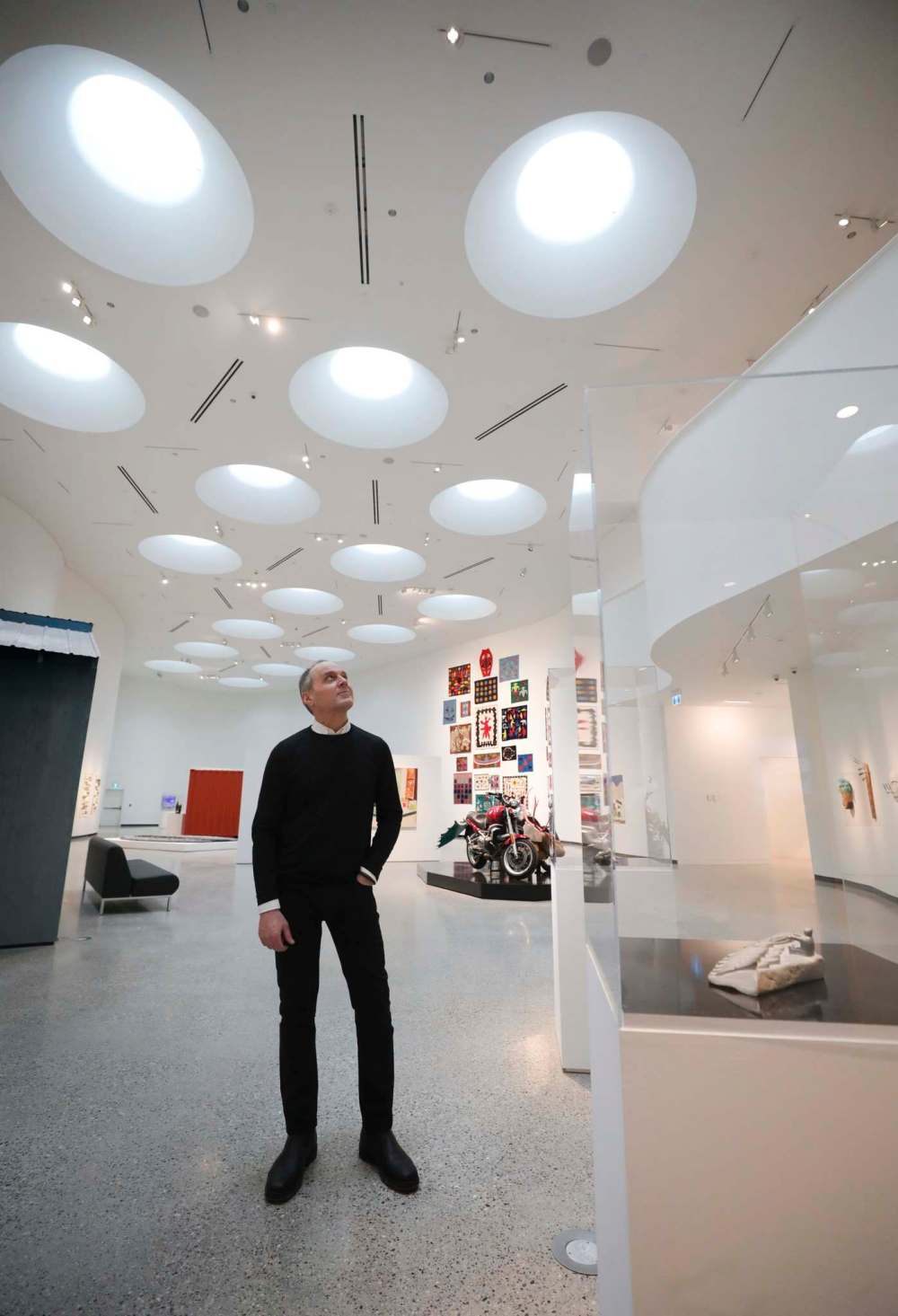
Indigenous languages from north and south are sprinkled throughout the new landmark, and the Winnipeg Art Gallery itself was granted an Ojibway name, Biindigin Biwaasaeyaah, which translates to English as “Come on in, the dawn of light is here.”
Qaumajuq’s inaugural exhibition, displayed in a three-storey main gallery lit with 22 large skylights, shows some of the history of Inuit artists. It also reveals politically charged contemporary works that offer uncomfortable lessons about the federal government’s treatment of people in the North.
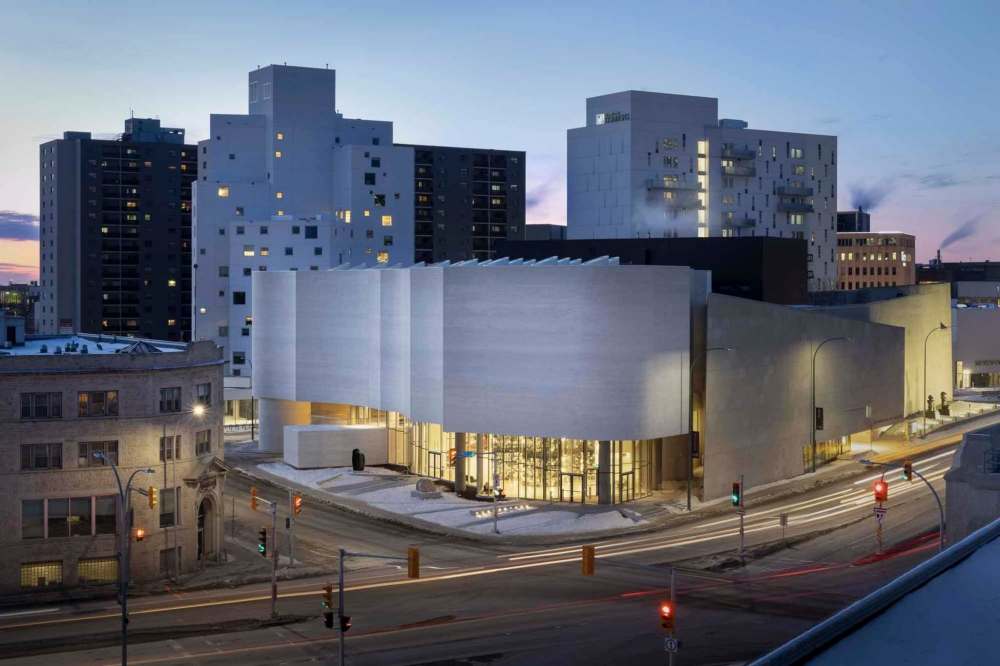
When missionaries and federal government officials had difficulty pronouncing Inuit names, the government responded by issuing them disks with serial numbers that Inuit were to hang around their necks.
It may have made record-keeping simpler for bureaucrats, but most Inuit felt the identification disks treated them as natural resources to be exploited rather than as citizens of Canada, with all the rights that bestows, including how they should be identified.
A visible vault located in Qaumajuq’s lobby allows the WAG to display almost 5,000 stone sculptures it has collected since it began acquiring Inuit art in 1957. Most of these works have never been seen by the public before and the vault — itself a work of art — brings the works, and those who created them, into the light.
The gallery has acknowledged how colonialism played a role in how it acquired many of those works and it says it will recognize how fur-trading posts led many Inuit to end a nomadic life of following the animals they hunted, and to instead live in settlements.
Mr. Borys says Qaumajuq builds a bridge between north and south, and that bridge leads to an opportunity Winnipeg and Manitoba should consider closely.

Tourists who are seeking to visit Churchill and its polar bears have to first stop in Winnipeg to either catch a train or board a plane northward. The Assinboine Park Zoo’s popular Journey to Churchill exhibit whets their appetites for Arctic wildlife, but Qaumajuq shows visitors that there are people, not just polar bears, who live in the North.
It can also become a hub for the roughly 1,300 Inuit who live in Winnipeg, a city that can be an awkward adjustment for those who grew up in small communities in Nunavut or the Northwest Territories. Qaumajuq can be a home away from home of sorts, where Inuit culture isn’t just preserved, it’s celebrated.
Qaumajuq’s acid test will be how Winnipeggers react to a gallery whose innovative exhibits challenge traditional Eurocentric definitions of art. The fact the gallery was built partly through generous donations from city businesses and citizens who believed in the project proves we can look past the perimeter to make Winnipeg a better place.
All that was needed was a bright and well-lit beacon to show the way.

